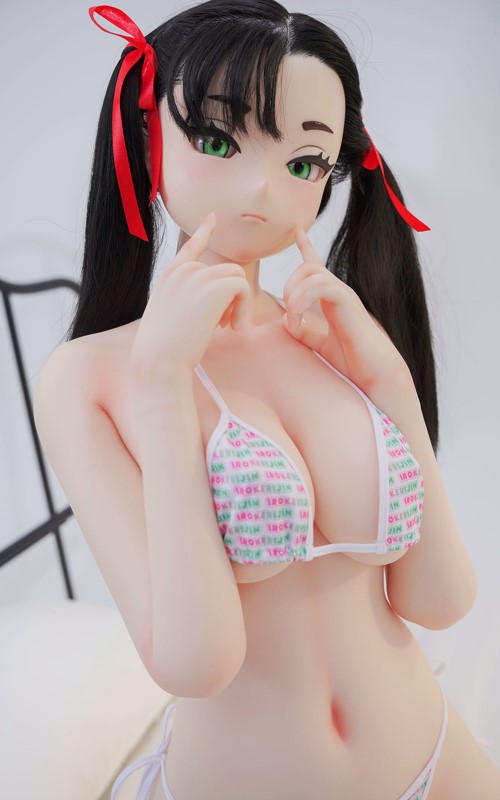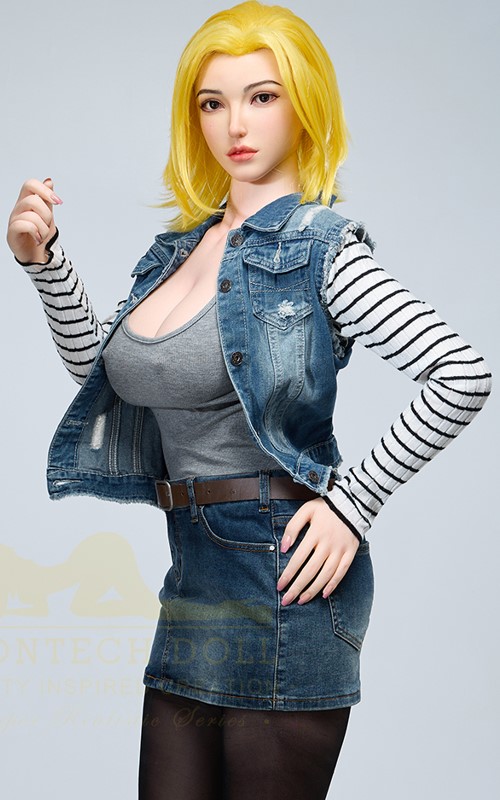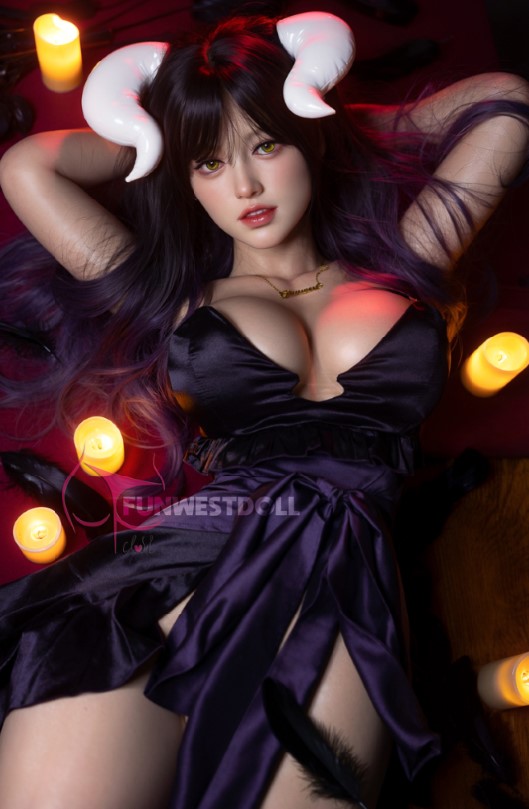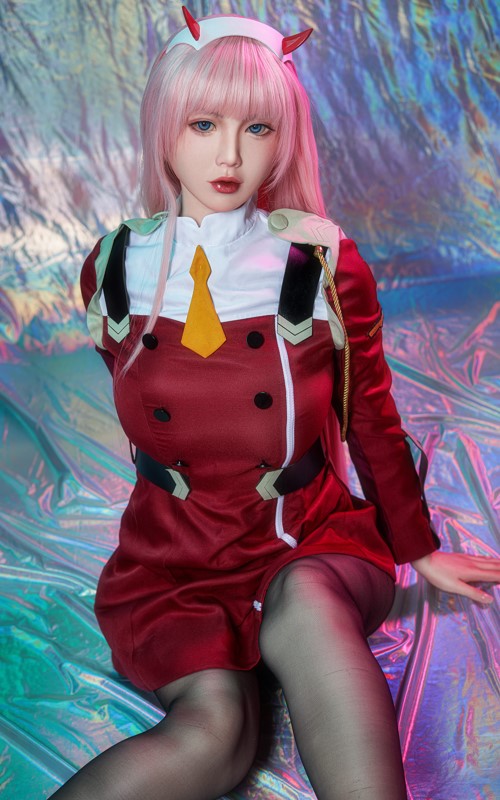Anime is beloved worldwide for its diverse stories, powerful emotions, and unforgettable characters. But let’s be honest—whether you’re new to the genre or a lifelong otaku, you’ve probably noticed that certain tropes keep popping up again and again. From over-the-top reactions to copy-paste love triangles, these clichés have become part of anime’s DNA.
In this article, we’ll break down the most common clichés in anime, exploring where they come from, why they persist, and how they shape your favorite shows. It’s time to laugh, nod knowingly, and maybe even cringe a little.
Stereotyped Characters Everywhere
If you’ve seen more than five anime series, you’ve probably met these character types already:
The tsundere: She’s mean on the outside, but soft on the inside (eventually). Think Asuka from Evangelion or Taiga from Toradora!.
Silicon Doll Of Marnie
Marnie: the beloved rival of Pokémon Sword and Shield
[su_spacer size=”10″] [su_animate][su_testimonial photo=”https://otakudolls.com/wp-content/uploads/2025/01/roxy-face-mary-irokebijin.jpg”]I’ve gotta win this if I’m gonna be the Champion. I’m comin’ at ya with everything I’ve got![/su_testimonial][/su_animate] Marnie is a character who embodies the spirit of Pokémon Sword and Shield. Her determination, kindness, and unique style make her an unforgettable rival and a fan favorite.[su_spacer size=”10″] [su_animate type=”fadeInDown” duration=”2″ delay=”0.5″] [su_label type=”success”]Shipping costs INCLUDED[/su_label] [su_label type=”warning”]PURCHASE with full GUARANTEES[/su_label] [/su_animate] [su_spacer size=”5″]
The overpowered protagonist: A seemingly average guy who turns out to be the strongest person in the universe. Hello, Saitama.
Silicone Doll Of Android 18
Android 18: the powerful and iconic warrior of Dragon Ball
[su_spacer size=”10″] [su_animate][su_testimonial photo=”https://otakudolls.com/wp-content/uploads/2025/02/android-18-face-s41-irontech.jpg”]Is that all you’ve got? I was hoping for a real challenge.[/su_testimonial][/su_animate] Android 18 is more than just a former villain, she is a warrior, a mother, and an essential part of Dragon Ball’s history. Her transformation from a deadly cyborg to a hero and loving wife makes her one of the most well-developed female characters in anime.[su_spacer size=”10″] [su_animate type=”fadeInDown” duration=”2″ delay=”0.5″] [su_label type=”success”]Shipping costs INCLUDED[/su_label] [su_label type=”warning”]PURCHASE with full GUARANTEES[/su_label] [/su_animate] [su_spacer size=”5″]
The childhood friend: Loyal, sweet, always there—and usually loses in the love triangle.
Doll Of Mikasa Ackerman
Mikasa Ackerman: the fierce warrior of Attack on Titan
[su_spacer size=”10″] [su_animate][su_testimonial photo=”https://otakudolls.com/wp-content/uploads/2025/01/mikasa-face-035-fwd063.jpg”]If you think I’m going to sit around and do nothing, you’re dead wrong.[/su_testimonial][/su_animate] Mikasa Ackerman is a cornerstone of Attack on Titan. Her incredible strength, emotional depth, and compelling relationships make her one of the most iconic characters in anime and manga history.[su_spacer size=”10″] [su_animate type=”fadeInDown” duration=”2″ delay=”0.5″] [su_label type=”success”]Shipping costs INCLUDED[/su_label] [su_label type=”warning”]PURCHASE with full GUARANTEES[/su_label] [/su_animate] [su_spacer size=”5″]
The yandere: Sweet and loving on the outside… until someone threatens her love interest. Then comes the knife. Characters like Yuno Gasai from Future Diary or Satou from Happy Sugar Life define this dangerously obsessive archetype.
Silicone Doll Of Albedo
Albedo: the devoted Guardian of Nazarick in Overlord
[su_spacer size=”10″] [su_animate][su_testimonial photo=”https://otakudolls.com/wp-content/uploads/2025/01/albedo-face-035-fsd005.jpg”]Ainz-sama, my love for you is eternal![/su_testimonial][/su_animate] With her unbreakable defenses, cunning intellect, and fanatical devotion, Albedo is one of the most iconic characters in Overlord. She is more than just Ainz’s most devoted follower, she is a strategist, a warrior, and a legend in her own right.[su_spacer size=”10″] [su_animate type=”fadeInDown” duration=”2″ delay=”0.5″] [su_label type=”success”]Shipping costs INCLUDED[/su_label] [su_label type=”warning”]PURCHASE with full GUARANTEES[/su_label] [/su_animate] [su_spacer size=”5″]
The mysterious transfer student: Shows up out of nowhere, usually has secret powers, and instantly becomes the center of attention.
Silicone Doll Of Zero Two
Zero Two: the enigmatic and fierce heroine of Darling in the Franxx
[su_spacer size=”10″] [su_animate][su_testimonial photo=”https://otakudolls.com/wp-content/uploads/2025/02/zero-two-face-ge81_1-zelex.jpg”]You are my Darling.[/su_testimonial][/su_animate] Zero Two’s journey in Darling in the Franxx is one of love, sacrifice, and self-discovery. Whether fighting against impossible odds, challenging the fate assigned to her, or embracing her love for Hiro, she remains one of the most unforgettable heroines in anime history.[su_spacer size=”10″] [su_animate type=”fadeInDown” duration=”2″ delay=”0.5″] [su_label type=”success”]Shipping costs INCLUDED[/su_label] [su_label type=”warning”]PURCHASE with full GUARANTEES[/su_label] [/su_animate] [su_spacer size=”5″]
These archetypes serve a purpose: they offer comfort and familiarity. But they can also feel repetitive, especially when every new high school anime reuses the same “quirky cast.”
Repetitive Storylines and Settings
It’s amazing how many anime take place in a high school. Or feature a tournament arc. Or involve saving the world from a mysterious evil.
Some classic examples of repetitive anime storylines include:
- The high school slice of life: Cute characters doing ordinary things, over and over.
- The shonen tournament arc: Introduce a big event, throw everyone into combat, power up the hero, repeat.
- The isekai formula: A regular person gets transported to a fantasy world. Think Sword Art Online, Re:Zero, or That Time I Got Reincarnated as a Slime.
- The “rescue the girl” mission: A tired yet persistent setup where the main goal is to save a kidnapped or endangered female character.
While these stories can be fun (and sometimes brilliant), their predictability can also be frustrating. It’s hard to be surprised when you already know what’s coming.
Romance Tropes That Just Won’t Die
Romantic clichés are some of the most deeply rooted in anime, and the most common clichés in anime often come from these dramatic, drawn-out love stories:
- Will-they-won’t-they: Endless episodes of “just confess already!” with misunderstandings, awkward interruptions, and lots of blushing.
- Love triangles: Two girls fight over the clueless male protagonist, or vice versa. It rarely ends well for the “third wheel.”
- The accidental fall: He trips, she trips, they land in a “compromising” position. Cue nosebleeds.
- “I-it’s not like I like you or anything!”: Classic tsundere line, essential to 90% of anime rom-coms.
These tropes persist because they’re easy to build emotional tension around. But when they’re not handled well, they just feel… recycled.
Fanservice Moments That Feel Out of Place
Ah, fanservice—the not-so-subtle inclusion of cleavage, panty shots, beach episodes, and “accidental” nudity. While some fans love it and others find it cringe, it’s impossible to deny that fanservice is one of the most common clichés in anime.
You’ll often see:
- Hot springs or beach episodes: Totally unnecessary to the plot, but required by tradition.
- Camera angles from below: Always just the wrong height for a skirt.
- Torn clothes during battle: Especially for female characters.
- Maid cafes and magical girl transformations: Sometimes adorable, sometimes exhausting.
Fanservice isn’t always sexual—it can also include visual shout-outs, crossovers, or nostalgic music cues. But when it gets too heavy-handed, it breaks immersion and turns serious moments into uncomfortable comedy.
Why Do These Clichés Keep Showing Up?
So, if everyone sees them coming, why do these clichés persist?
- Familiarity sells: Fans enjoy the comfort of tropes they recognize. It’s like anime comfort food.
- Time-saving for creators: Using archetypes and templates allows faster production and storytelling.
- Tradition and homage: Some clichés exist to pay tribute to earlier classics. It’s cultural shorthand.
- It works for new viewers: Every generation discovers anime for the first time. What’s cliché for veterans might feel fresh to newcomers.
- Subversion fuel: You can’t break a trope until the audience knows it. That’s why shows like One Punch Man or Kaguya-sama: Love Is War use clichés only to turn them on their head.
Ultimately, clichés aren’t inherently bad. They can be fun, relatable, and effective. But when overused or lazy, they risk flattening the creative potential of anime.
Understanding the most common clichés in anime is part of appreciating the genre as a whole. Some tropes are there to entertain, others to simplify storytelling—but all reflect the culture and creativity of anime itself. Whether you laugh at them, roll your eyes, or secretly love them, clichés are part of the anime experience. And who knows? The next time you see a magical girl fall from the sky or a protagonist wake up late for school, you might smile—because in the end, clichés are part of what makes anime feel like home.





